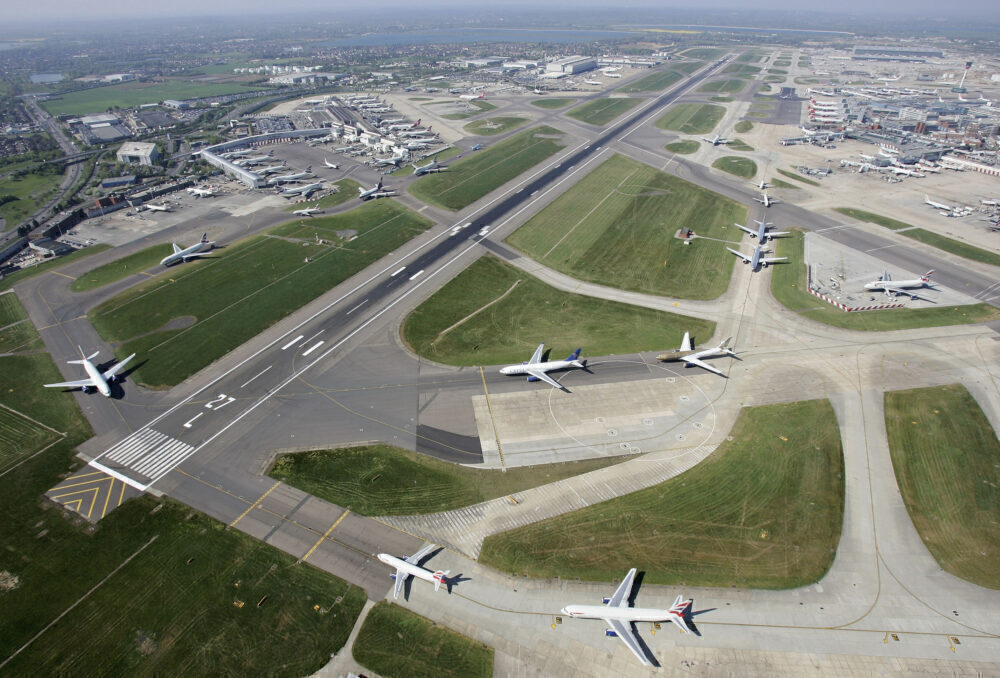Flight and route planning is a major part of airline operations. Many factors can change regularly, particularly on international flights. Each flight will have a separate fight plan created based on current conditions. This article explores some of the main factors that go into this.

Creating a flight plan
All flights must have a flight plan filed before departure with the relevant authorities. This applies to general aviation flights as it does to commercial airline flights. And to VFR and IFR flights domestically and internationally. A filed flight plan is used by air traffic to plan services and assistance required. And for airlines, a more comprehensive plan forms an essential part of flight and route planning.
Flight plans will usually be created by an airline flight planner and shared with authorities and the flight crew. This is based on the departure and arrival airports, but for the same route, much can change for each flight. Some of the main considerations, and input for the flight plan, include the following.
Departure and arrival airports
The departure and arrival airport form the basis of the flight plan, but details are still needed about them. The flight planner may know or make assumptions about which runways will be used. Conditions at airports, and any expected restrictions are also important.
Diversion airports need to be selected in the flight plan as well, as this could affect route and fuel requirements.
Stay informed: Sign up for our daily and weekly aviation news digests.
Routes and airports
The route taken between departure and arrival airports is more complex to plan than you might think. While airlines have established routes, the exact details can vary for each flight.
Weather and winds are a factor. As is the availability of diversion airports along the route. This used to be a more significant factor with restrictions on diversion time (and still is for some aircraft). But with modern twins and a high ETOPS rating, this is less of an issue. As we looked at in detail before, with the highest ETOPS ratings now, the only absolute no-fly area in the world is over Antarctica.


Areas to avoid
As well as considering the optimal route, there could be areas that have to be avoided entirely. Events such as volcanic eruptions can disrupt certain airspace for a considerable time. We have seen this several times, including in Iceland and Indonesia. Aircraft should avoid flying anywhere where volcanic ash is spreading.
Political events can play a part as well. Qatar Airways, for example, was blocked from several Arab countries’ airspace during the diplomatic crisis from 2017. It still flew to other countries but had to take longer routes. There are also restrictions on Taiwanese airlines overflying mainland China.
The Tibetan Autonomous region is another example. This is one area that all airlines avoid, even though they are permitted to overfly. The mountainous region has an average altitude of over 13,000 feet. In the event of an emergency descent (to 10,000 feet or lower) due to de-pressurization, this creates a problem. Higher chances of extreme turbulence and freezing conditions add to this.

And finally, airlines must pay fees to any country that they fly over. These so-called overflight fees cover navigation and air traffic services. They vary between countries and can be either distance-based or fixed fees. Some countries will allow all airlines to operate, whilst others require permits. This can sometimes be a problem. Russia, for example, restricts multiple airlines from the same country – which has given Norwegian Air problems in the past.
Altitude to fly at
This can be affected by the weather and prevailing winds or jetstream. A longer route may be chosen if it avoids predicted bad weather areas. There will also be air traffic restrictions to take into account, and ultimately the exact altitudes used will be guided by ait traffic control at the time.

Generally, flying at a higher altitude is more fuel-efficient. There is less resistance, and engines are optimized for high-altitude cruising. But a stronger tailwind could make a lower altitude a better choice. As well as affecting the route, this can affect the flight duration – headwinds and tailwinds can make a big difference on a long-haul flight, as any regular traveler knows.
Flight speed
This may seem like a less relevant consideration, but the cruising speed at different stages of the flight needs to be looked at. If a shorter route, or favorable winds, are expected, then changes to speed, or departure time, may have to be made. At busy airports, such as London Heathrow, there may not be much flexibility in arrival time. Early and late arrivals need to factor in airport opening times as well.

Fuel requirements
All of the above route considerations will feed into a fuel calculation. As will the load/weight of the aircraft – calculations of passengers and cargo need to be made and recorded. There are obviously limits and minimum levels for safety, but carrying excess fuel can be problematic and inefficient.

Flight planning, charts, and flight plans are not something we often discuss on Simple Flying but are an essential part of airline operations. Feel free to discuss this further in the comments.
from Simple Flying https://ift.tt/3loHa5y
via IFTTT
Comments
Post a Comment